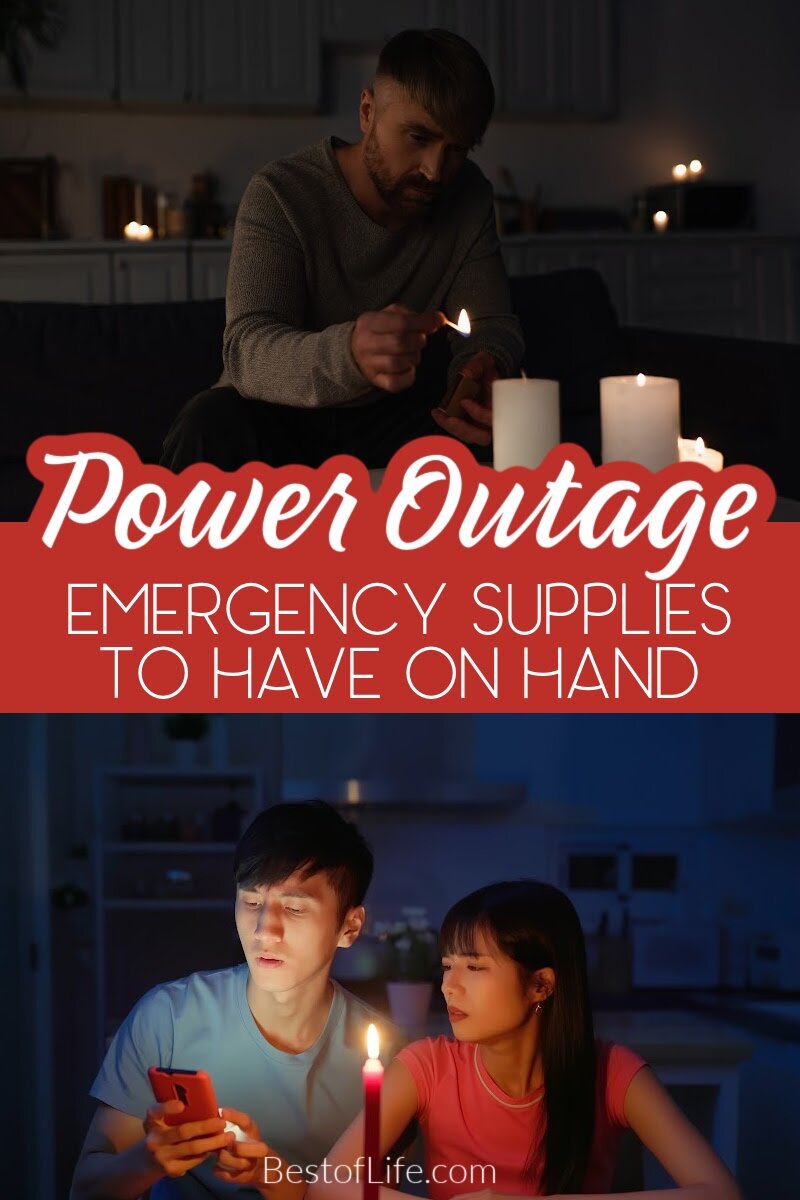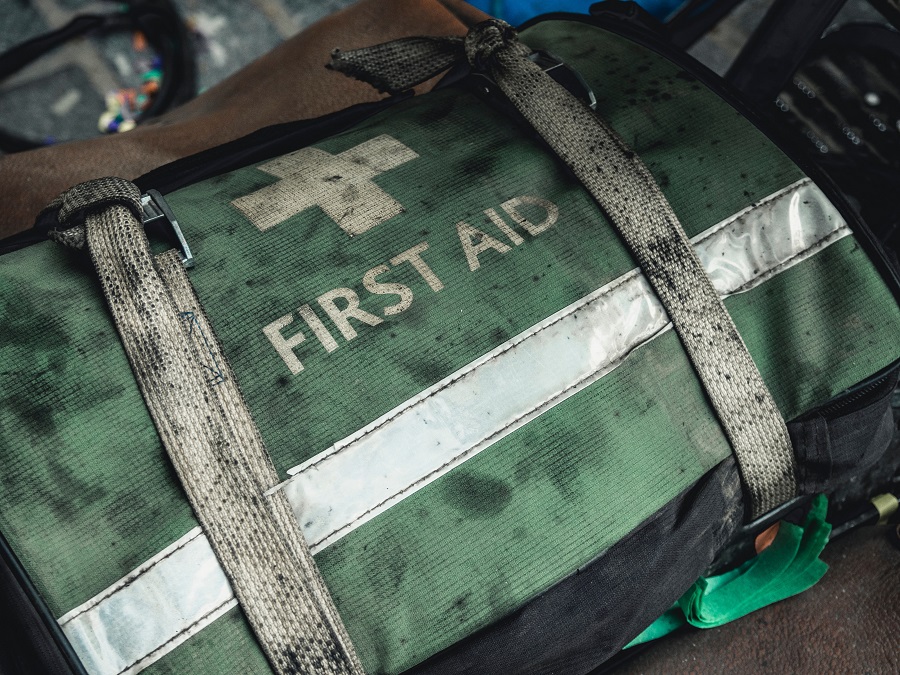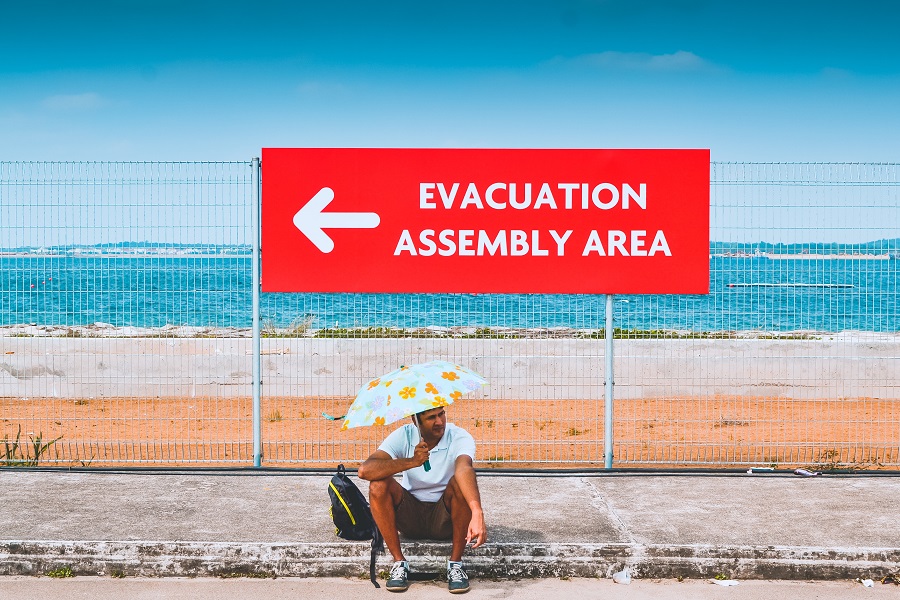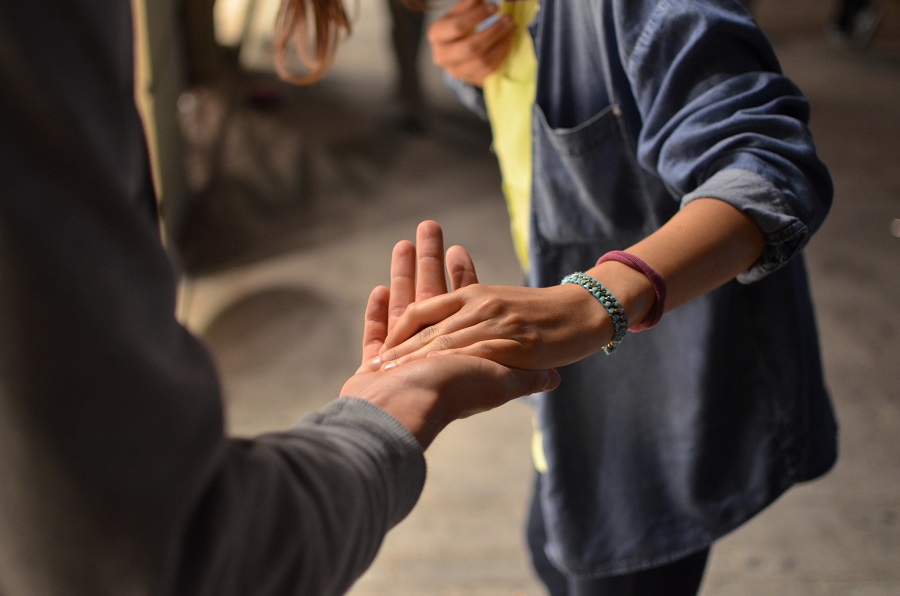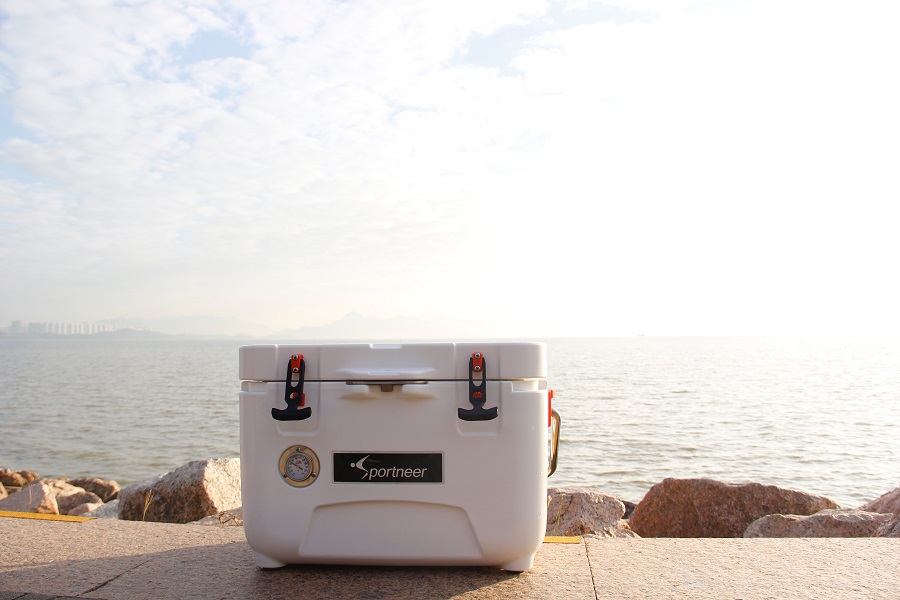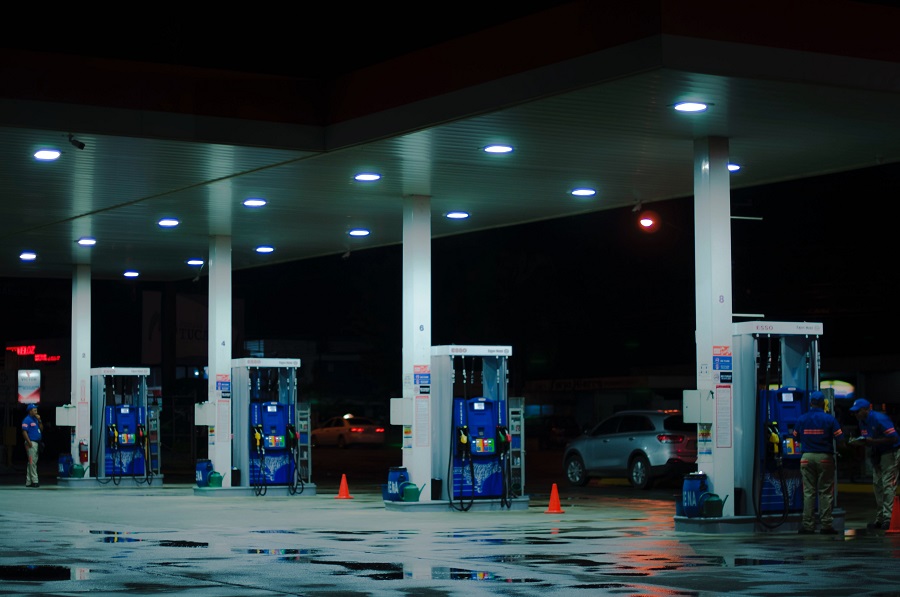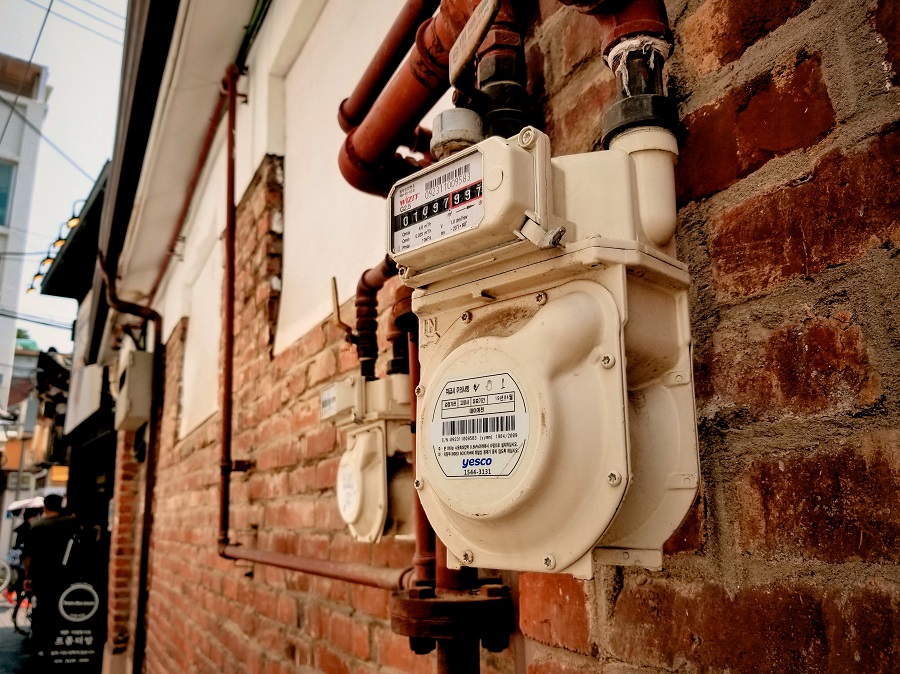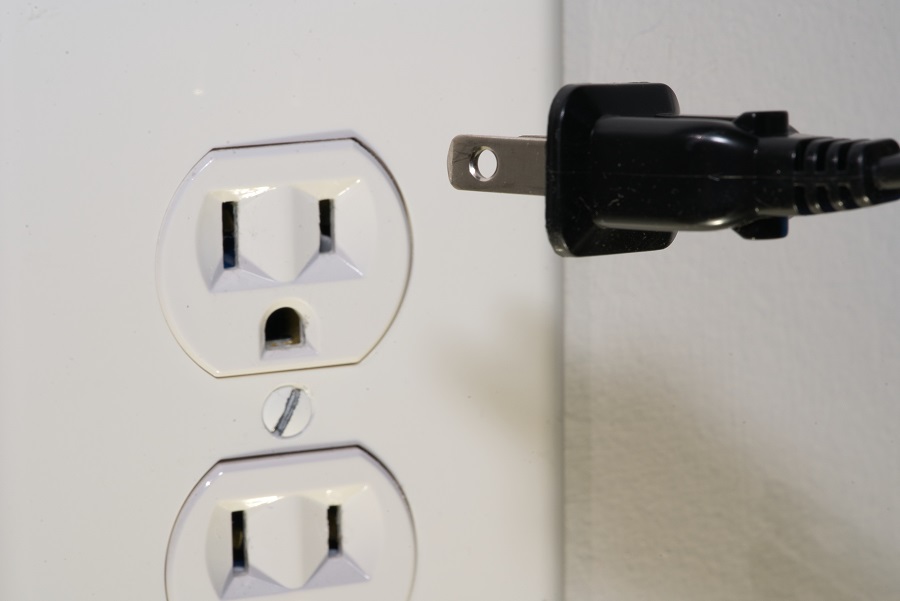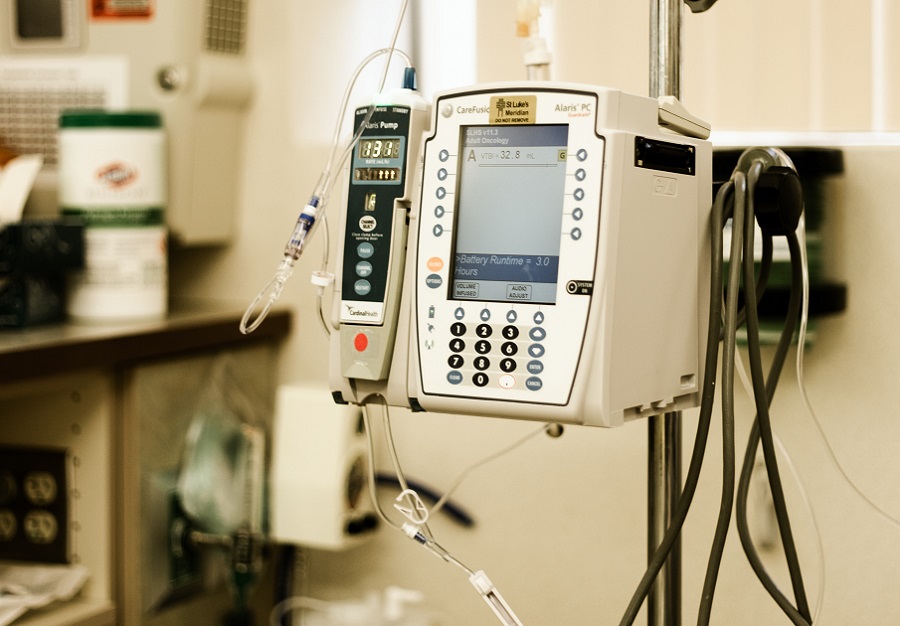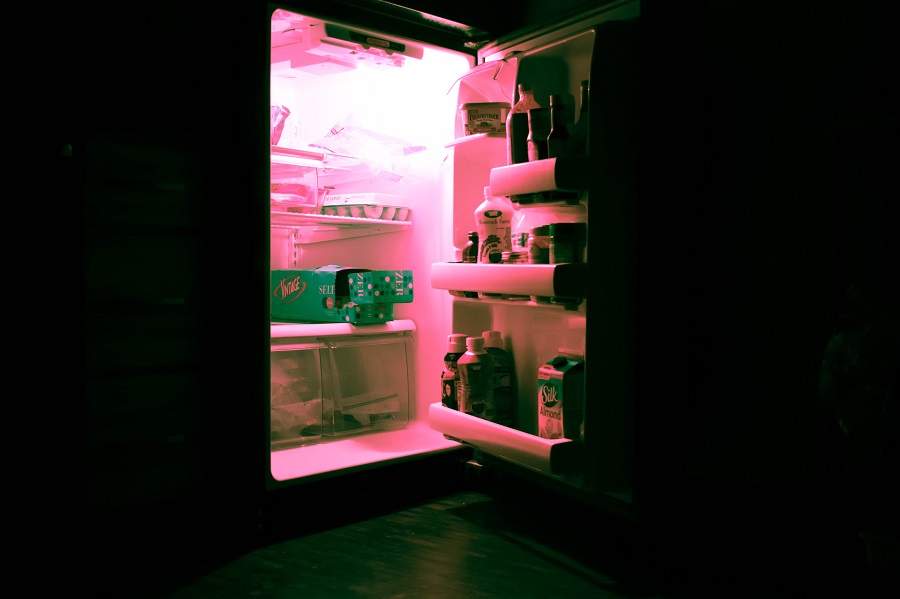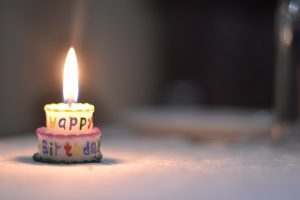Blackout Emergency Kit Supplies and Tips
Some people see a power outage as a minor problem, an inconvenience at most. But there are more dangers hiding in the dark than you may think. In fact, you should not only have blackout emergency kit supplies. But you should also be aware of what dangers there are when a blackout happens.
Power outages could happen at any time and without warning in most cases. But there are also planned power outages that could really interrupt your life and put you in danger. Power outages bring more than inconveniences, they put you in danger, and that is why you should have blackout emergency kit supplies on hand.
There are more than a few dangers that come with a power outage. It gets even worse if you take a minute to inventory all of the things in your home that require power. Lights, televisions, security cameras and sensors, food refrigeration, and even communication devices all need the power to work.
Some of the best blackout emergency kit supplies could help you make it safely through a power outage, but there is more you can do. Power outage tips will help supplement the emergency kit and make your home the safest place to be during a power outage.
There will still be outside risks like burglars, but there are some tips for that too.
Blackout Emergency Kit Supplies and Tips
An emergency kit is a good idea no matter what the event. Earthquakes, heavy storms, power outages, no matter what is going on, you should always have a preparedness kit ready to go. This kit should not only be easy to access, but it should be kept up-to-date.
You could also have one in your car and one in your home. Both should have similar things to them. The one in your car will be in the event of an evacuation, and the one in your home should be in case you are stuck at home.
Your evac emergency kit should have 3-days worth of supplies per person, and your home kit should have a 2-week supply per person.
- Water – One gallon per person.
- Food – Food that doesn’t require cooking and that is non-perishable would be best.
- Flashlight
- Hand crank radio
- Extra batteries
- First-aid kit
- Medication – a 7-day supply of any medications that are required daily.
- Multi-purpose tool
- Sanitation and hygiene supplies
- Portable cell phone chargers, fully charged.
- Extra money
- Emergency blanket
- Paper maps of the area and beyond.
Any specific needs you may have should also be added to your blackout emergency kit supplies. For example, if you have a newborn baby, you will want to add formula, diapers, and food until they are no longer necessary. The same goes for pets and the elderly.
It may also be a good idea to add duct tape, entertainment items, blankets, towels, rain gear, matches, and a manual can opener.
Evac Plan
Your entire household should discuss what to do in the event of a power outage. This is usually done for a natural disaster, but to prevent panic, it should also be done for a power outage.
This evac plan doesn’t have to require an actual evacuation unless otherwise warned by the local government. Instead, this should be about knowing where the emergency kit is kept, where flashlights, batteries, water, food, etc.
Simply knowing this is a possibility could help prevent children from panicking. Give everyone a responsibility so that they have something else to focus on rather than the fact that the power is out.
Don’t forget to practice every once in a while, maybe once a month or once every other month, just to be safe.
Community Efforts
Local governments will usually set up a community plan in the event of a natural disaster or planned power outage. Make sure you know what those efforts are. For example, local governments set up cooling centers, phone charging stations, and more during the planned power outages in California in 2019.
Not every power outage will be planned for, so be ready to check with the local government in person if it is a random power outage.
Food Storage
You will want to keep your food from spoiling as much as possible. It would be a good idea to have at least two coolers on hand at all times. You can store them in your garage, use them for picnics, and so on, but you can also utilize them during a power outage.
Fill those coolers with ice and use one for meat and one for other items. This will help you not to lose all of the food you have in your fridge.
Gas Tank
Gas can be a tricky topic when it comes to a power outage. Some gas stations may be out of power as well, and that means you won’t be able to get gas. Make sure your gas tank is filled before a planned power outage, just in case.
You could add filling your gas tank to the list of things to do if the power outage is not planned. However, storing gas at home may not be the best idea as it is very flammable, and the fumes could cause health risks.
That is why storing the gas can be tricky. You should absolutely store some if you can do so safely, especially for the next tip.
Generators
Generators often run on gas, and that means you could still have some power even if the power is shut off. It is not always necessary to have a generator at home, but it wouldn’t hurt to have gone either way.
That is why it is not on the blackout emergency kit supplies list. A generator may not power your entire home, but it will give you the power to recharge devices, cook, and heat water.
However, it is very important that you know how to operate a generator safely. Be sure to read the manual, watch YouTube videos, and practice using your generator so that you completely know how it works.
One tip for generators is that you should use them only outside and at least 20 feet away from any windows to avoid any carbon monoxide poisoning.
Unplug
The last thing people think about during a power outage is a surge of power. But that is a possibility, especially when the power is restored. You will need to take precautions against that if the power does go out.
Unplug everything you can during a power outage. You could leave light bulbs as a way to check for power restoration. But everything you can unplug safely should be unplugged.
This will prevent a power surge from destroying your appliances and electronics. It will also put you at a lower risk of electrical fire when the power is restored.
Medical Devices
Some people rely on medical devices at home, and those devices require power. You must check with your medical provider about what to do with those devices in the event of a power outage.
Luckily, technology has advanced to a point where most of these devices can run on battery for a certain amount of time. But knowing what to do if the power outage lasts longer than the batteries is crucial.
You will also want to know about temperatures that could affect the medical devices you use.
Power Outage Clean-Up
You will want to go through your home after a power outage to make sure everything is working properly. Plugin your appliances and electronics one room at a time and only after you know that power has been restored permanently.
You will also want to throw away any food that has spoiled. Just throw it out if you aren’t sure. It’s better to be safe than sorry. You could also use a laser thermometer to determine the temperature of any food you have left to make sure it is still cold enough to be good.
Medication that requires refrigeration should be thrown out and replaced as soon as possible as well. Check with your doctor, though, before safely disposing of any medication, especially if your life depends on that medication.
Lastly, you will want to restock your blackout emergency kit supplies.
Review, Review, Review
It is very important that you review as many of your safety measures as possible. Reviewing these things will not only keep you prepared. In fact, these blackout emergency kit supplies and tips could help keep you and your family calm during the event. The last thing you want is for anyone in your home to be in a state of panic.
That panic could cause other issues that will not help keep you and your household safe. Review your plan, keep your emergency kit stocked with supplies, and always be ready for an evacuation event if it is necessary.
These steps will keep you safe and can even be utilized during natural disasters in your area.

More Life Hacks
Most Common Germ Infested Areas in our Everyday Lives | Germs are everywhere, and we can’t avoid them. But we can take better care of our homes so that we aren’t dealing with as many germs.
25 Daily Habits to Live Longer | Living a long life means focusing on your health, happiness, and the habits you do daily.
25 Photography Poses to Up your Photo Game | Pose like a professional with the help of some picture-perfect poses for social media.
How to Plant Potatoes in a Pot | Planting potatoes is easy; in fact, you can have your kids do it for fun and then use that food for dinner.
How to Start Your Day: 15 Things Crazy Successful People Do | Starting your day off right is important; it sets the tone for the rest of the day.


